Solução de jeans lavado
O que é lavagem de jeans?
Tipos de lavagens de jeans
Lavagem ácida
Lavagem de água sanitária
Lavagem enzimática
Lavagem a laser
Lavagem de macacos
Lavar enxaguar
Lavagem de areia
Lavagem de pedra
O processo de lavagem de jeans
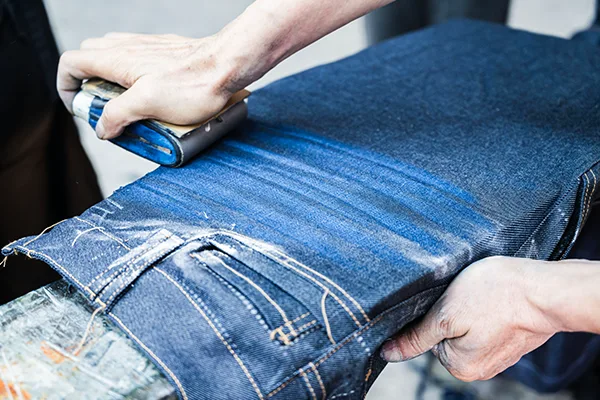
Pré-tratamento
1. Mergulhe o jeans em água com uma pequena quantidade de detergente.
2. Agite ou tumble o tecido para remover a poeira, Óleos, e corante não fixado.

Lavar
2. Ajuste o tempo de lavagem, temperatura, e concentração química com base no efeito desejado.
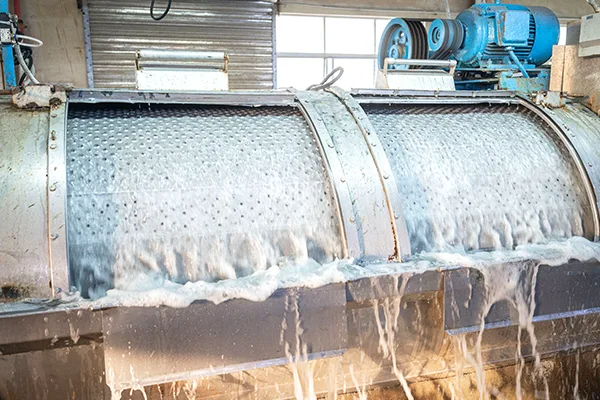
Lavagem
2. Esta etapa ajuda a evitar descoloração ou dano ao tecido.
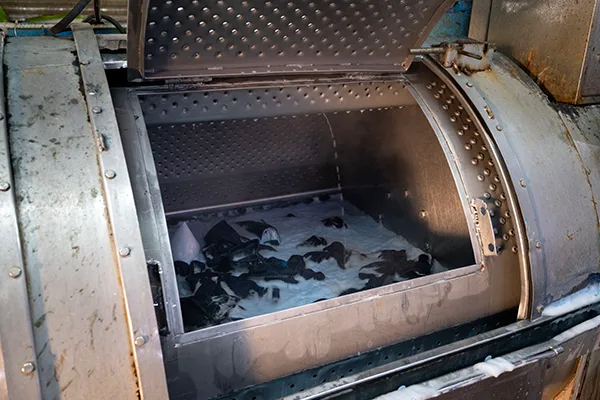
Amolecimento
1. Adicione o amaciador de tecido à água limpa e molhe o jeans por um período de tempo.
2. Use agitação mecânica ou queda para garantir a distribuição uniforme do amaciante.
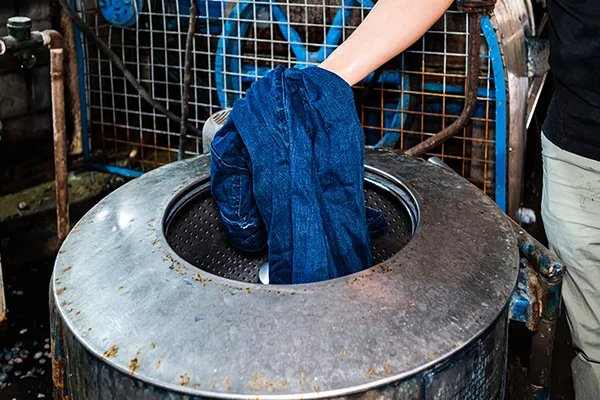
Desidratação
1. Use um desidratador centrífugo para girar a água do tecido.
2. O tecido desidratado é mais fácil de secar ou processar mais.

Secagem
1. Coloque o jeans em um secador e use ar quente para secar.
2. Ajuste a temperatura e o tempo de secagem com base na espessura do tecido e nos resultados desejados.
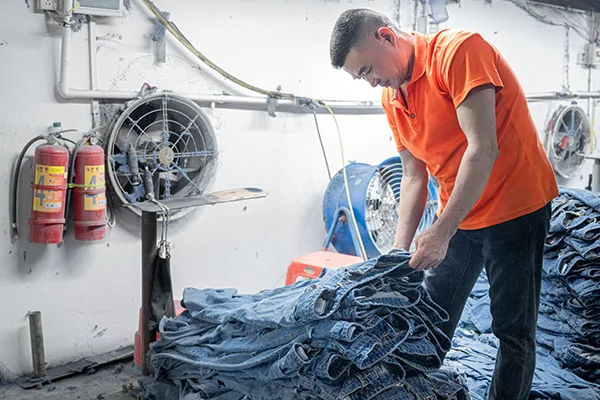
Pós-tratamento
1. Realizar tratamentos adicionais conforme necessário, como jateamento de areia, raspagem manual, ou gravação a laser.
2. Isso também pode incluir resistentes a rugas, impermeável, ou tratamentos antibacterianos.

Verificação de qualidade
1. Inspecione o jeans para a cor, textura, e aparência para garantir que atenda aos requisitos.
2. Dobre e empacote o jeans aprovado, preparando -o para remessa para os clientes ou para a próxima fase de produção..
Jeans bruto vs. Jeans lavado
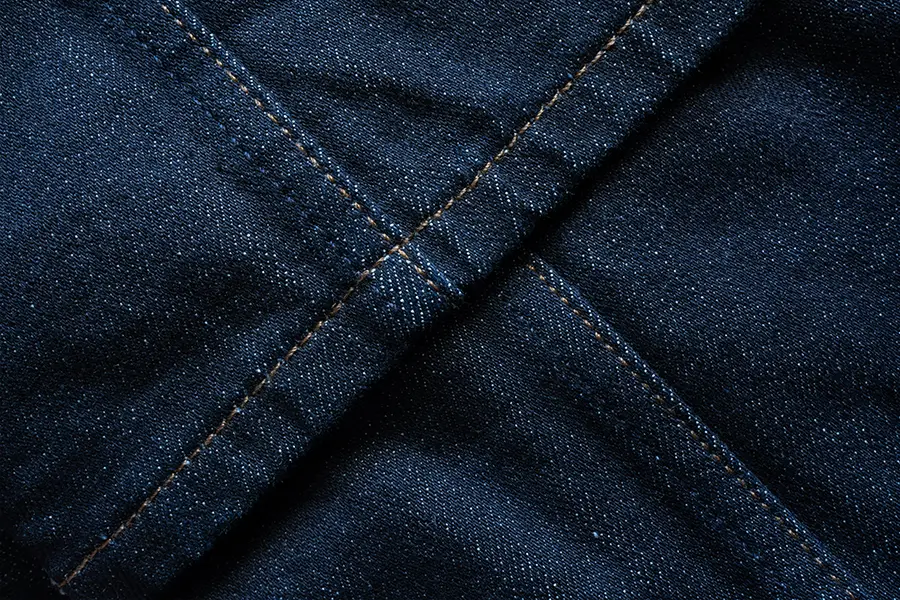
Jeans bruto
Jeans bruto, ou jeans não lavados, is denim that hasn't been washed or treated after dyeing, resultando em uma textura rígida e cor profunda que desaparece exclusivamente ao longo do tempo, Criando um ajuste personalizado. Ao contrário de jeans regulares, O jeans bruto requer limpeza mínima - apenas lavagem e secagem de ar pouco frequentes - para preservar sua autenticidade e durabilidade.

Jeans lavado
O jeans lavado inclui vários jeans tratados através de processos como lavagem ácida, que cria um branqueado, padrão semelhante a um mármore, e lavagem de pedra, que dá uma aparência desgastada. Outras lavagens incluem jeans lavados, que suaviza a cor, e técnicas que alteram a textura e sentem, Oferecendo uma variedade de estilos e níveis de conforto para atender às diferentes preferências de moda.
Variações de cores na lavagem de jeans

Jeans de lavagem leve:
- Processo de lavagem: Várias lavagens ou branqueamento.
- Cor: Macio, Azul pálido ou perto de branco
- Textura: Leve, macio
- Estilo: Casual, descontraído
- Melhor para: Roupas de verão, Streetwear, e looks de inspiração vintage.
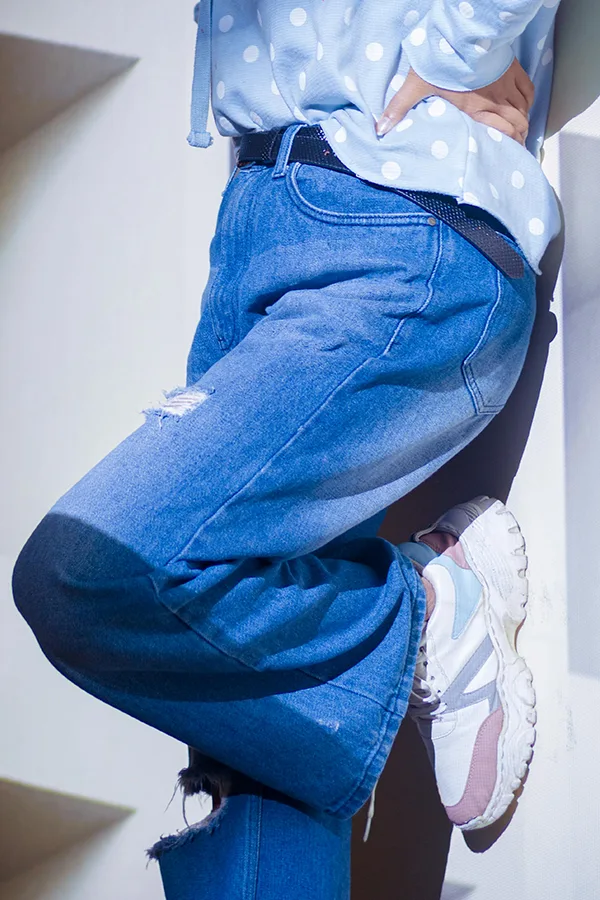
Jeans de lavagem média:
- Processo de lavagem: Lavagem moderada, desbotamento equilibrado.
- Cor: Azul médio.
- Textura: Peso médio, versátil.
- Estilo: Versátil, intemporal.
- Melhor para: Desgaste diário, Office Casual, e estilo versátil.

Denim escuro de lavagem:
- Processo de lavagem: Mínimo ou sem lavagem, enxágue leve.
- Cor: Azul profundo ou perto de preto.
- Textura: Espesso, durável.
- Estilo: Clássico, elegante.
- Melhor para: Business Casual, Desgaste noturno, e o outono e as estações de inverno.
